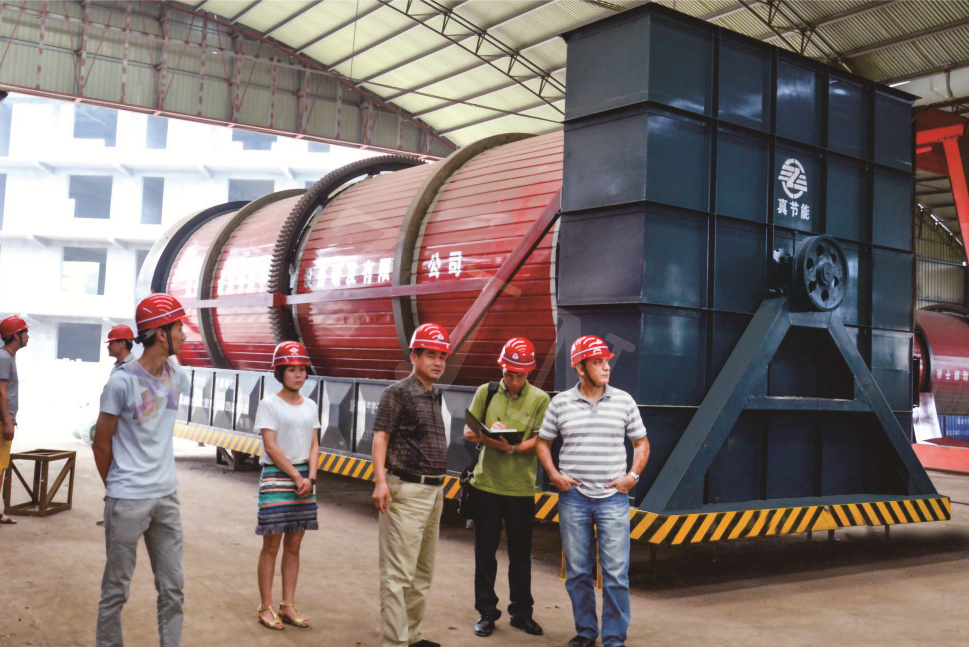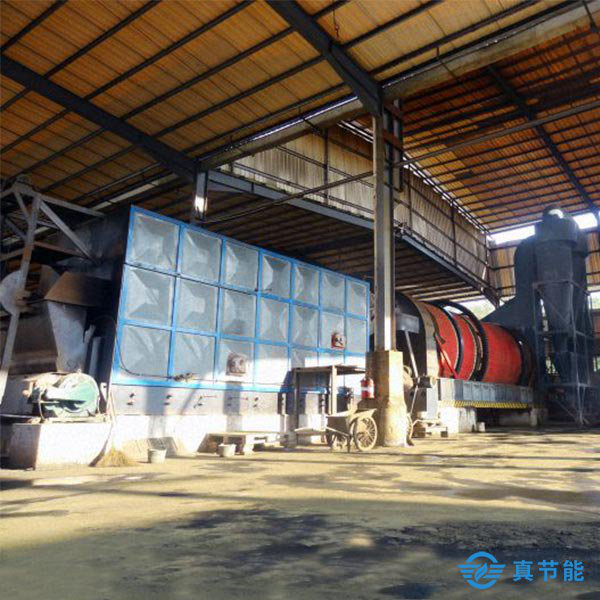
For a long time, "Water much more important than sludge" has been very common in water treatment industry. With the rapid growth of sludge production, water control does not control sludge, pollution transfer, coupled with the high difficulty of sludge treatment and disposal, has brought serious impact on the environment of our country. How to improve the efficiency of sludge treatment and dispose sludge effectively and environmentally has become an urgent problem in the industry.

At present, there are many processes for sludge treatment and disposal, such as landfill, composting, digestion, dehydration, drying, incineration and so on. If the process is selected according to the principles of sludge treatment and disposal (reduction, innocuity, stabilization and recycling), then the effective and reasonable treatment and disposal process is:
1. Drying route. Through the heat transfer between sludge and heat, the moisture in sludge is removed. The purpose of drying is to further reduce the moisture content of sludge and effectively achieve the capacity reduction of sludge. It is not only convenient for sludge storage, transportation and utilization, but also the dried sludge can be used as fertilizer, soil conditioner or alternative energy.
There are many sludge dryer equipments on the market, such as belt dryer, fluidized bed dryer, drum dryer, disc dryer, paddle dryer, etc. When customers choose sludge dryer, they should choose suitable dryer equipment according to the characteristics of their own drying materials and their own production conditions.

2. Incineration route. It can be divided into direct incineration and drying incineration. Direct incineration is to send the dewatered sludge directly to the incinerator for incineration. This incineration method is suitable for sludge with low moisture content and high calorific value. Drying incineration is to dry the dewatered sludge first, and then put the sludge into the incinerator for incineration. In order to further reduce the moisture content of sludge and improve the incineration efficiency, another step of drying is added in the middle.
Direct incineration of dewatered sludge is not only very difficult, but also uneconomical. Drying and burning sludge can not only treat sludge and kill pathogens in sludge, but also reduce sludge volume and recycle its heat energy. The fly ash produced by sludge incineration can be used to improve soil, build roads, make bricks, tiles and ceramics.
Copyright ©2022 by Jiaozuo ZJN Environmental Protection Equipment Technology Co., Ltd.